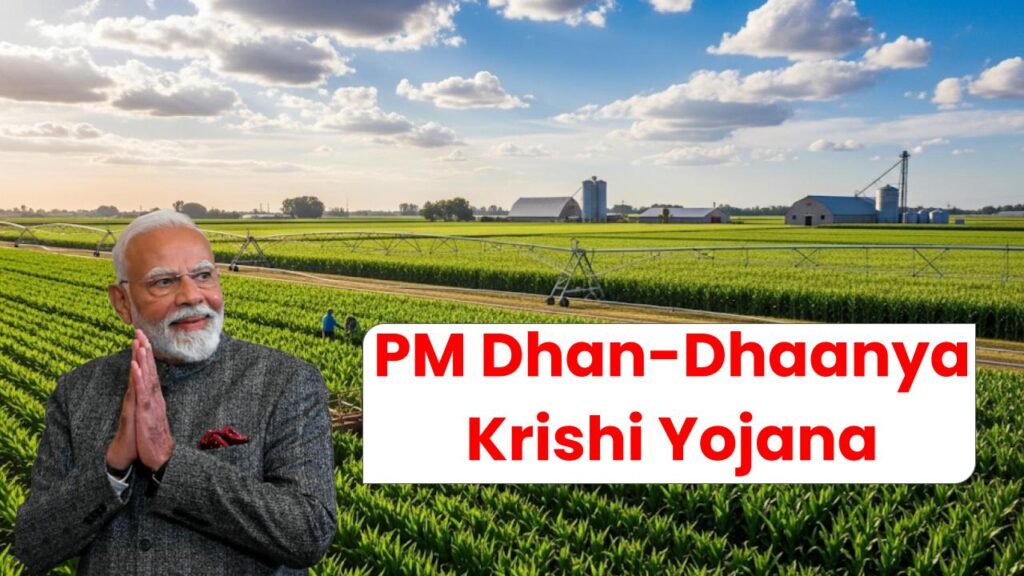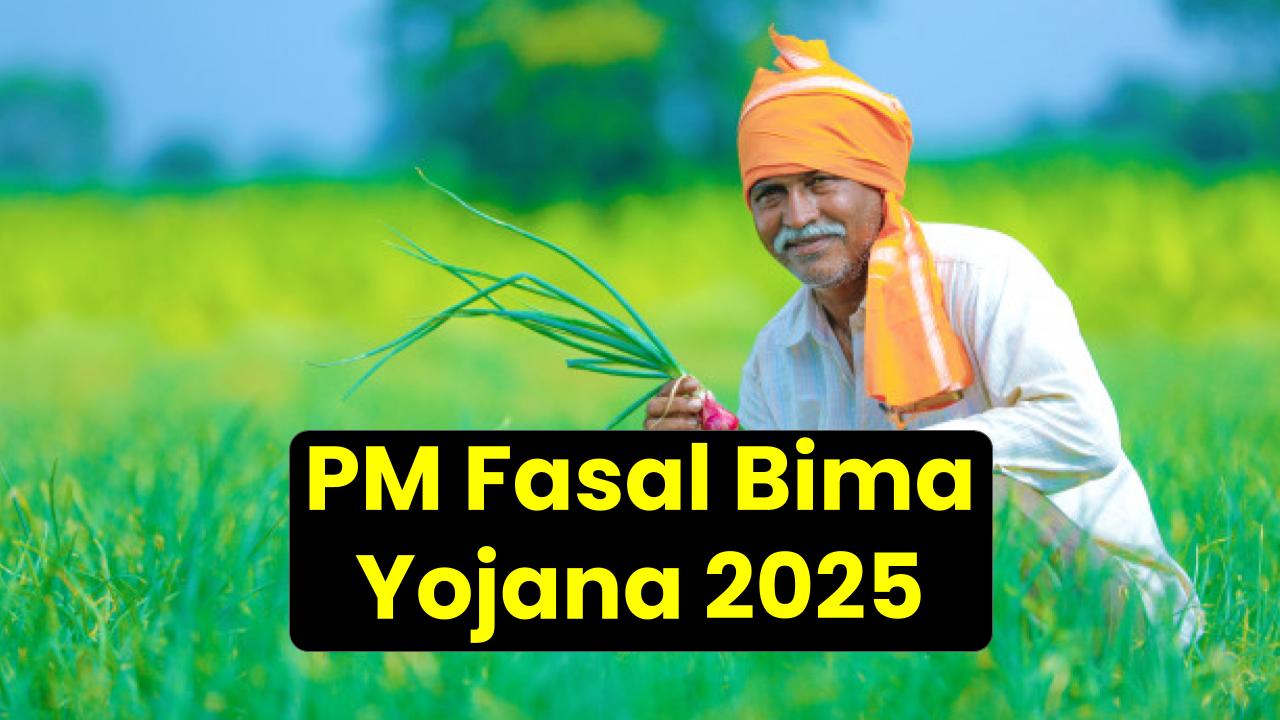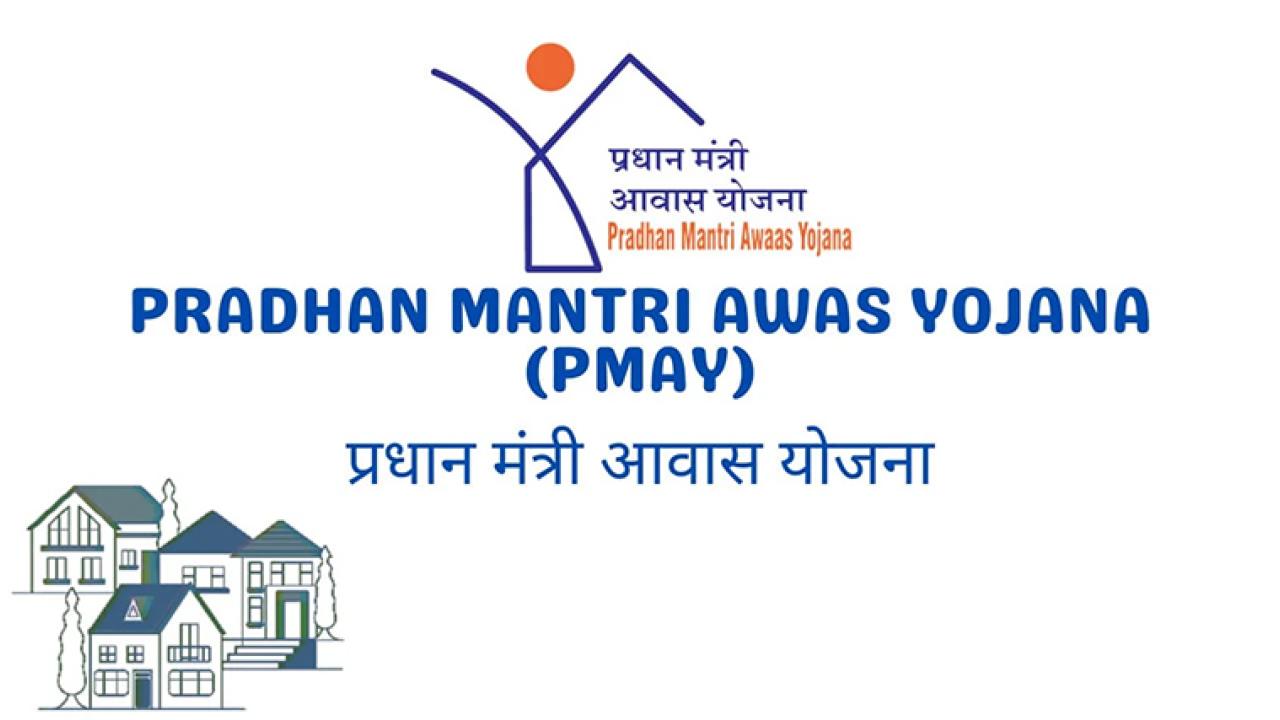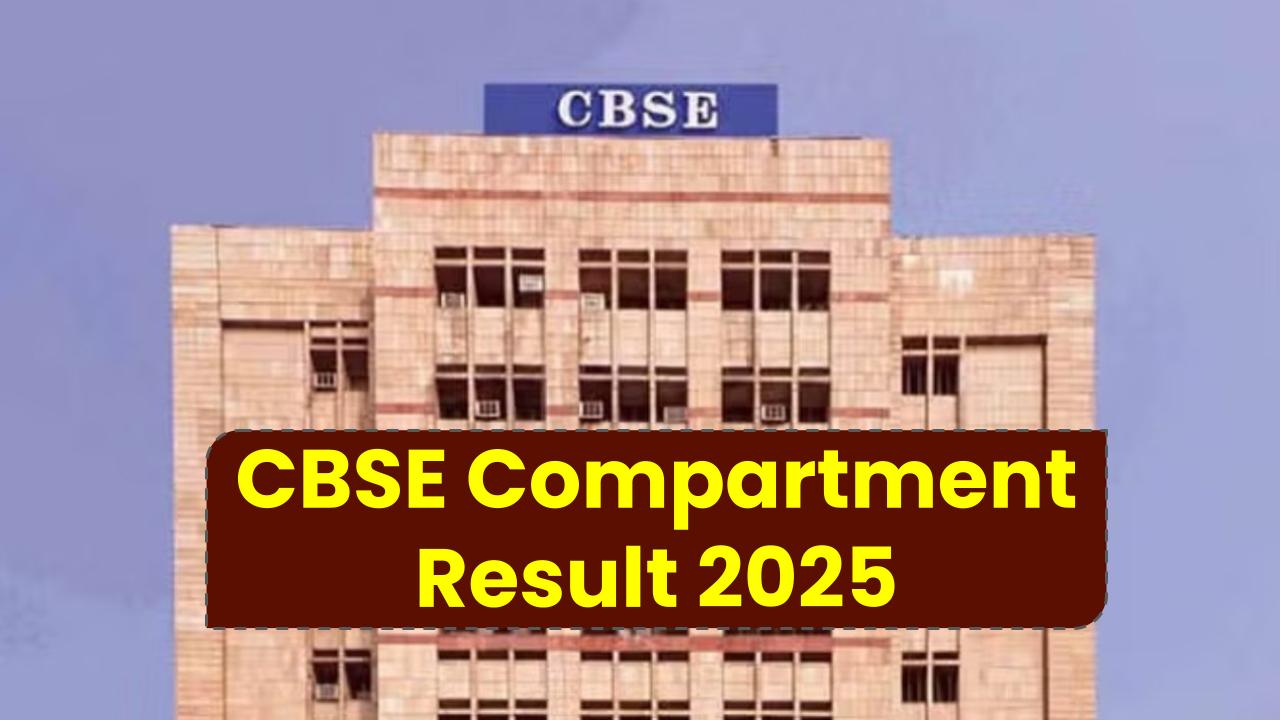In a major move aimed at empowering India’s agricultural sector, the Indian government has approved the Prime Minister Dhan-Dhaanya Krishi Yojana (PMDDKY), with a hefty financial allocation of ₹24,000 crore. This ambitious initiative seeks to uplift farmers across India, especially those in underserved districts, through a combination of financial support, infrastructure improvement, and sustainable farming practices. With a six-year rollout plan starting from the 2025–26 financial year, PMDDKY promises to address long-standing agricultural challenges, increase crop yields, and diversify farming income streams. But what does this mean for farmers, especially those in rural parts of the country? Let’s break it down.

PM Dhan-Dhaanya Krishi Yojana
| Feature | Details |
|---|---|
| Scheme Name | Prime Minister Dhan-Dhaanya Krishi Yojana (PMDDKY) |
| Budget | ₹24,000 crore |
| Duration | 6 years (starting from 2025-26) |
| Focus Areas | Agriculture, Irrigation, Infrastructure, Crop Diversification, Financial Support |
| Target Districts | 100 low-performing agricultural districts |
| Key Benefits for Farmers | Improved irrigation, better post-harvest storage, access to credit, crop diversification |
| Eligibility Criteria | Farmers in selected low-productivity districts |
| Official Website | PM India |
The PM Dhan-Dhaanya Krishi Yojana is not just a financial boost for farmers but a transformative step toward building a more resilient agricultural sector in India. With its comprehensive approach to productivity enhancement, sustainability, and financial inclusion, the scheme has the potential to uplift entire communities by improving their farming practices, incomes, and livelihoods. As the program progresses, it is hoped that more farmers will see its long-term benefits, creating a better future for India’s agriculture.
What is the PM Dhan-Dhaanya Krishi Yojana?
The PM Dhan-Dhaanya Krishi Yojana is a comprehensive agricultural development scheme launched by the Indian government. Designed to target areas with low agricultural productivity, this initiative aims to turn the tide for farmers in these regions by addressing challenges in irrigation, crop diversity, and financial accessibility. Through a significant investment of ₹24,000 crore, the government hopes to enhance productivity, promote sustainable practices, and improve farmer incomes.
This program is unique because it focuses specifically on 100 low-performing agricultural districts in India. These districts have been identified based on criteria such as low agricultural productivity, low cropping intensity, and limited access to financial credit. The initiative targets these districts to bring them up to par with India’s agricultural leaders by improving both production and the financial systems that support them.
The Core Objectives of PMDDKY
The main objectives of this initiative can be summed up in a few broad categories, each designed to enhance the agricultural sector at the grassroots level. Let’s break these down:
1. Enhancing Agricultural Productivity
Farmers will be introduced to modern farming techniques and high-yielding crop varieties, along with the latest agricultural machinery. These technologies will help boost productivity, making it easier for farmers to grow more food with less effort.
2. Promoting Crop Diversification
Monoculture farming — where farmers focus on just one crop, often rice or wheat — can leave farmers vulnerable to market fluctuations. By promoting crop diversification, the government hopes to encourage farmers to grow a wider range of crops, improving food security and income stability.
3. Sustainable Farming Practices
The scheme promotes eco-friendly practices such as organic farming, integrated pest management, and water-efficient technologies. This will help preserve soil health, reduce water usage, and promote long-term sustainability in agriculture.
4. Improving Post-Harvest Infrastructure
One of the critical bottlenecks in the agricultural sector is post-harvest losses. The government plans to establish cold storage facilities and warehouses at the panchayat and block levels to minimize crop wastage and improve the storage capacity of perishable goods.
5. Boosting Irrigation Facilities
A significant portion of the budget will be allocated to irrigation infrastructure, especially in areas facing water scarcity. By upgrading irrigation facilities, the scheme aims to ensure a consistent water supply, especially during dry seasons, improving crop yields.
6. Access to Credit
Farmers often face difficulties in accessing financial support due to high-interest rates or complicated loan application processes. Under PMDDKY, both short-term and long-term loans will be made available to farmers at subsidized interest rates, facilitating investments in equipment, seeds, and fertilizers.
The Impact on Farmers: A Game-Changer?
For farmers, especially those in remote, underserved areas, PMDDKY is a game-changer. Here’s why:
- Better Financial Support: Farmers will no longer be completely at the mercy of informal lenders, who often charge exorbitant interest rates. With access to affordable credit, they can invest in better tools, seeds, and farming practices.
- Improved Irrigation and Water Management: Water scarcity is a major issue in many agricultural areas, but PMDDKY is expected to bring significant improvements to irrigation systems. This will ensure that crops get enough water, even during dry spells.
- Diversified Income Streams: By encouraging crop diversification, farmers will be able to increase their income by selling different types of produce rather than relying on a single crop. This reduces the risk of crop failure due to market fluctuations or climate-related issues.
- Reduction in Post-Harvest Losses: The establishment of storage facilities will ensure that farmers can store their produce safely, avoiding spoilage and allowing them to sell when prices are better.
- Sustainability and Future-proofing: Through the adoption of sustainable practices, the initiative ensures that farming can continue to thrive for generations to come, reducing the ecological impact and promoting environmental stewardship.
How Does the Scheme Work in Practice?
Step 1: District Selection and Training
The government will first identify the most vulnerable agricultural districts based on the criteria mentioned earlier. These districts will receive specialized training to help them adopt new farming techniques. Local agricultural extension officers will be trained to guide farmers in these areas.
Step 2: Infrastructure Development
The next step involves building the necessary infrastructure, such as irrigation systems, storage facilities, and market linkages. This will help reduce the physical barriers to improving farming outcomes.
Step 3: Financial Support and Loans
Farmers will have access to affordable loans, which they can use to purchase equipment or invest in improving their land. A financial literacy campaign will be launched to ensure that farmers know how to manage these loans effectively.
Step 4: Monitoring and Evaluation
A dedicated monitoring and evaluation system will be set up to track the progress of the scheme. Regular updates and performance assessments will help ensure that the initiative is on track and meeting its objectives.
FAQs
1. How will PMDDKY benefit farmers directly?
PMDDKY will provide financial support, improved irrigation, crop diversification opportunities, and better storage infrastructure, all of which will help farmers increase their yields and income.
2. Who is eligible for PMDDKY?
Farmers in the 100 selected low-productivity districts will be eligible for the benefits of this scheme. These districts have been chosen based on factors like low cropping intensity and limited access to credit.
3. How can farmers access loans under this scheme?
Farmers can apply for both short-term and long-term loans at subsidized interest rates through local banks and financial institutions that are part of the PMDDKY program.
4. What is the duration of the scheme?
PMDDKY will run for six years, starting from the 2025-26 financial year. It will be continuously monitored for progress and performance.









